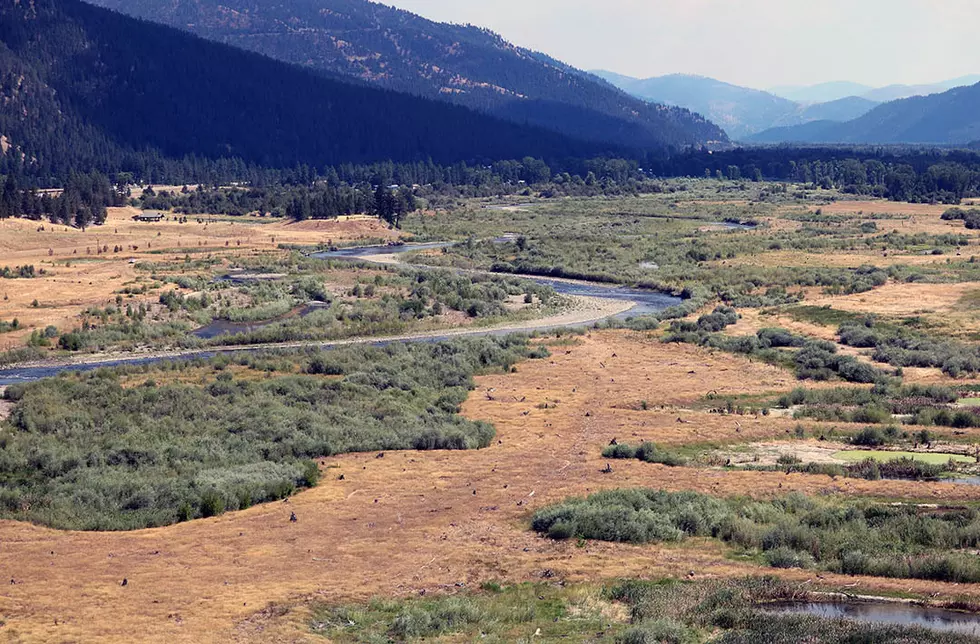
Green trees and warm temps: October worsens risk of drought
Laura Lundquist
(Missoula Current) People have been loving the warm days Montana has had for the past few weeks. But they could come at a cost.
Missoula has enjoyed above-normal temperatures for the first half of October with daytime temperatures regularly reaching 70 degrees or higher. Perhaps more telling is the fact that all of the nights have been frost-free with temperatures barely touching 32 degrees, depending on location.
National Weather Service forecaster Alex Lukinbeal said October is on track to be one of the warmest on record. If so, it follows a September that was the warmest on record in North America, besting the previous record set in 2019 by half a degree Fahrenheit, according to the National Oceanic and Atmospheric Administration.
Globally, it was the fifth warmest September in the past 143 years.
The trees are another indication that things are a little off. On Oct. 9, the Billings Office of the National Weather Service posted pictures taken of a tree near the office on approximately the same day over the past five years. While previous photos show a tree with either yellow or no leaves, this year, the tree still bears mostly green leaves.
While it’s great for an autumn hike, the warm temperatures and lack of moisture has pushed most of Montana back into drought.
On Thursday, the National Drought Mitigation Center pushed a little more of Montana into the “extreme drought” category. Only 10% of the state - a region in south central Montana - is still rated as drought-free. Gone is the improvement that was made during a rainy May and June that helped a third of the state reach normal moisture levels by the end of July.
The National Weather Service Prediction Center anticipates that the drought will persist through the month of October. That trend will continue through December for most of Montana east of the Continental Divide. Those living west of the Divide will be a little more fortunate as conditions are predicted to improve from Ravalli County north to about Kalispell.
More rivers are showing signs of drought. Montana’s streams flow at their lowest levels in October after a summer of heat and use. But some have dropped lower than others.
The Clark Fork River above Missoula is flowing just below average, thanks to water from the Blackfoot River. But above the Blackfoot, the Clark Fork is below average and gets lower the farther upstream you go.
At Deer Lodge, it’s only about 140 cubic feet per second, almost half of its average flow for this time of year. Likewise, the Bitterroot River just above Missoula is 25% less than it should be. The Big Hole River near Wisdom is critically low, flowing at about 20 cfs when it should be around 70.
The weather is supposed to change this weekend as low pressure moves down from the Gulf of Alaska, bringing wide-spread precipitation and colder temperatures on Saturday.
Snow levels will fall below 4,000 feet by Sunday morning and may reach the valley floors across northwest Montana. Remaining warm subsurface temperatures could cause snow to mix with rain by Sunday afternoon.
With the National Weather Service predicting a 75% chance of another La Nina year - an unprecedented third in a row - western Montana might see more moisture December through February. But such predictions haven’t borne out the past two years.
